Love and trust.
Those two words are always included in conversations I have had with young gay men speaking about their HIV infection. They were in search of love. They were comforted by trust.
But these topics are never included in the conversation about how to curb HIV infections with those most impacted today: young gay and bisexual black and brown men. We talk about pills. We talk about condoms, and we talk about adherence to medical regimens. We do not talk about what they are searching for in their erotic and romantic lives with other people.
Being gay or bisexual and a man of color in this country comes with plenty of barriers to fulfilling life goals, which include poverty, marginalization, and criminalization. These challenges are the brutal drivers of homelessness and survival sex for these young men.
The convergence of HIV and homelessness lives in the modern trenches of urban and rural survival struggles. When young people are treated as throwaways by families, society, and the state systems of support developed to keep them safe, they internalize those experiences as messages that damage their self-esteem. No one can thrive without love, safety, and positive self-regard. Thus, young people will search for those affective and social rewards wherever they can find them.
We older community members need to ask ourselves about the enabling conditions that produce the organized lovelessness of our social structures, which allow these young people to suffer. We need to confront hard questions: How can we allow schools to be so unsafe for young gay and bisexual youth of color? Why have we tolerated the overrepresentation of so many of our children and youth in the care system? When did we decide that the disproportionate number of homeless gay youth was just an unchangeable fact of life?
More to the point, in the best of our community's tradition, why are we not acting up given the extraordinarily high rates of new infections amongst these young men? Are they not worthy of the same mobilization that occurred earlier in the epidemic?
Let's not kid ourselves: A studied and indifferent silence from older generations communicates loudly that we have given up on these young men. Is this not an act of symbolic violence as palpable and spirit-crushing as violence directed toward our community by hostile outsiders?
We are in a particularly important point in our history. We are beginning to have dialogues that we have been afraid of engaging in the past. The Black Lives Matter movement has forced us to examine the systemic oppression of black lives. Police violence toward communities of color has finally made it on the national electoral stage because of the BLM movement. Difficult and life-changing discussions have commenced. We all need to see that as a source of great hope that we might grow into the country we believe ourselves to be.
We can create space to imagine a world where black lives are valued and even cherished for the great resources they are. Can we not struggle and love our way into an America that does this for gay and bisexual brown and black men? We are not talking for Utopia or a New Jerusalem. Rather, we are putting on the agenda that we can create a nation safe for love in its diverse and surprising forms.
These young men deserve this minimal act of solidarity and decency. In fact, their very lives depend upon on it as does our own. Why not create a society that does not mean one falls ill as one searches for love? And if one does fall ill, let there be embracing arms to break that fall.

LILLIAN RIVERA is a lesbian Latina mom who has been working with LGBT youth in New York City for over 13 years. She is a nationally-recognized leader in HIV health and wellness programming for young people, who was nominated for the Presidential Advisory Council on HIV/AIDS.
The Advocate's #6in10MenIf nothing changes, 6 in 10 black gay and bisexual men in the United States will have HIV by the time they are 40 years old. Learn more about this crisis in The Advocate's series #6in10Men: https://www.advocate.com/6in10men
Posted by The Advocate magazine on Friday, September 25, 2015


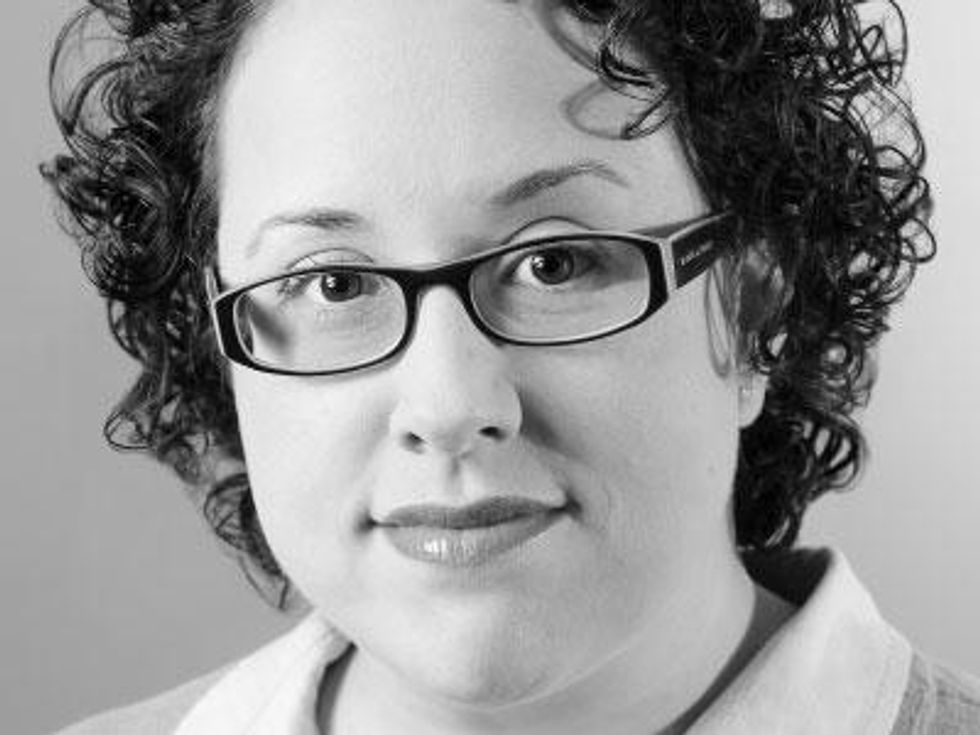






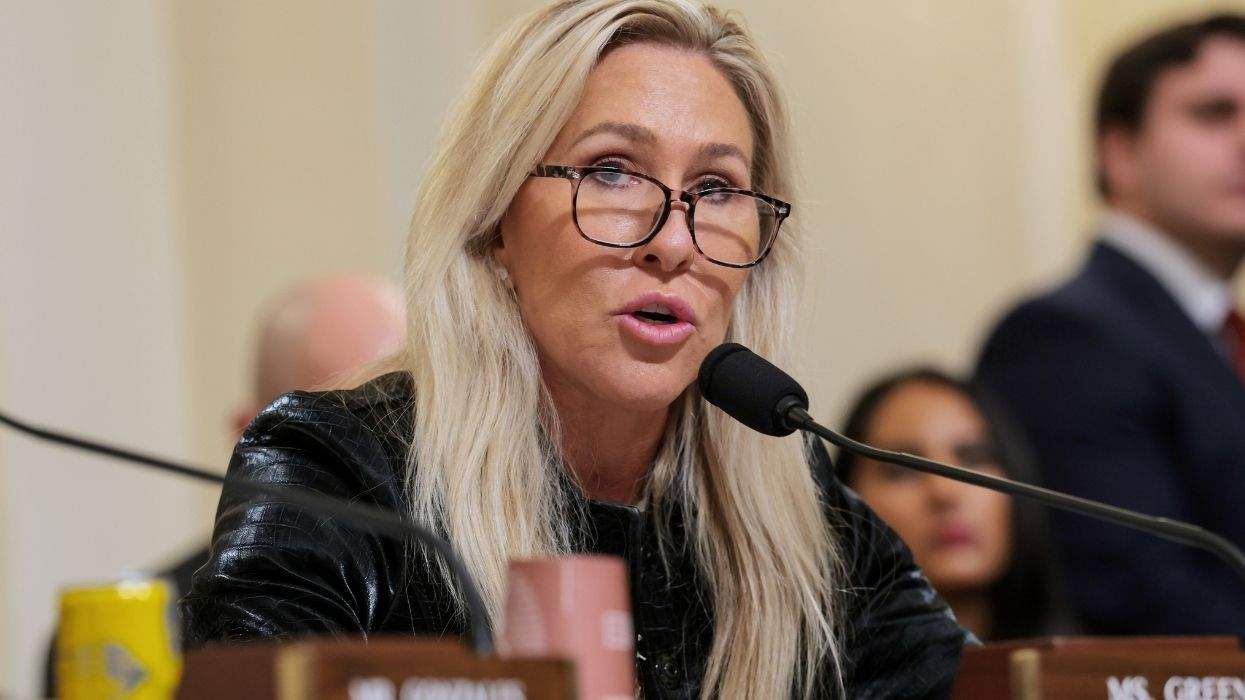
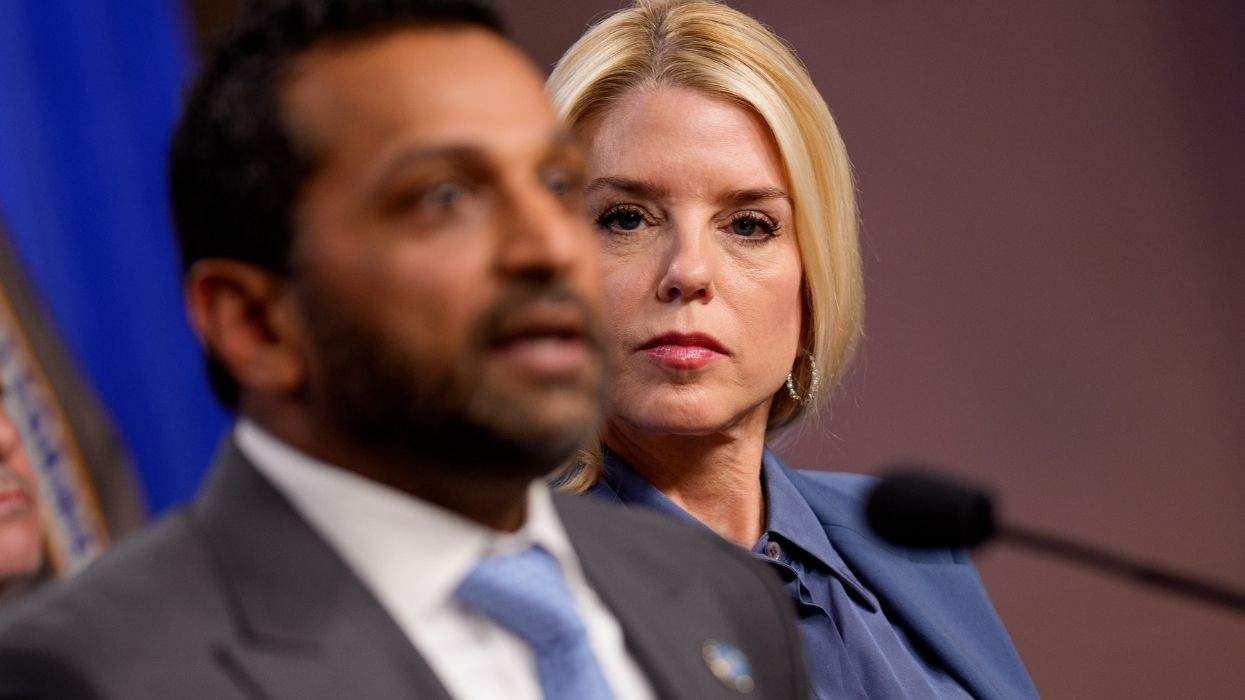
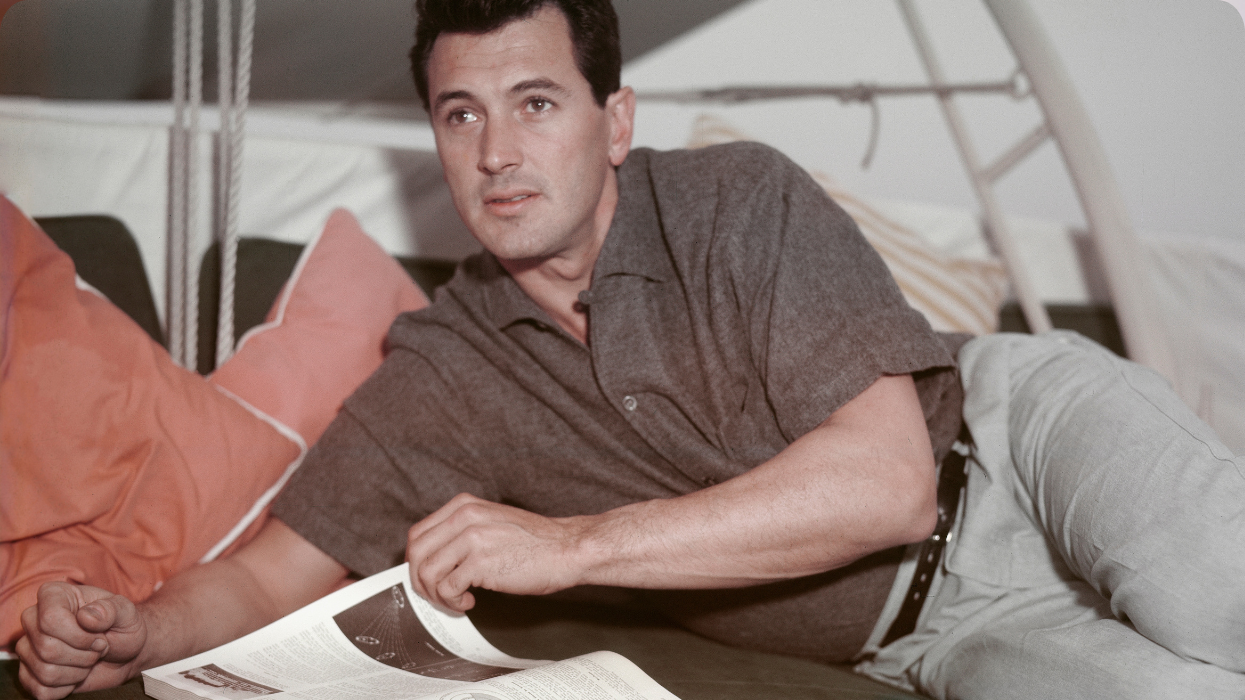
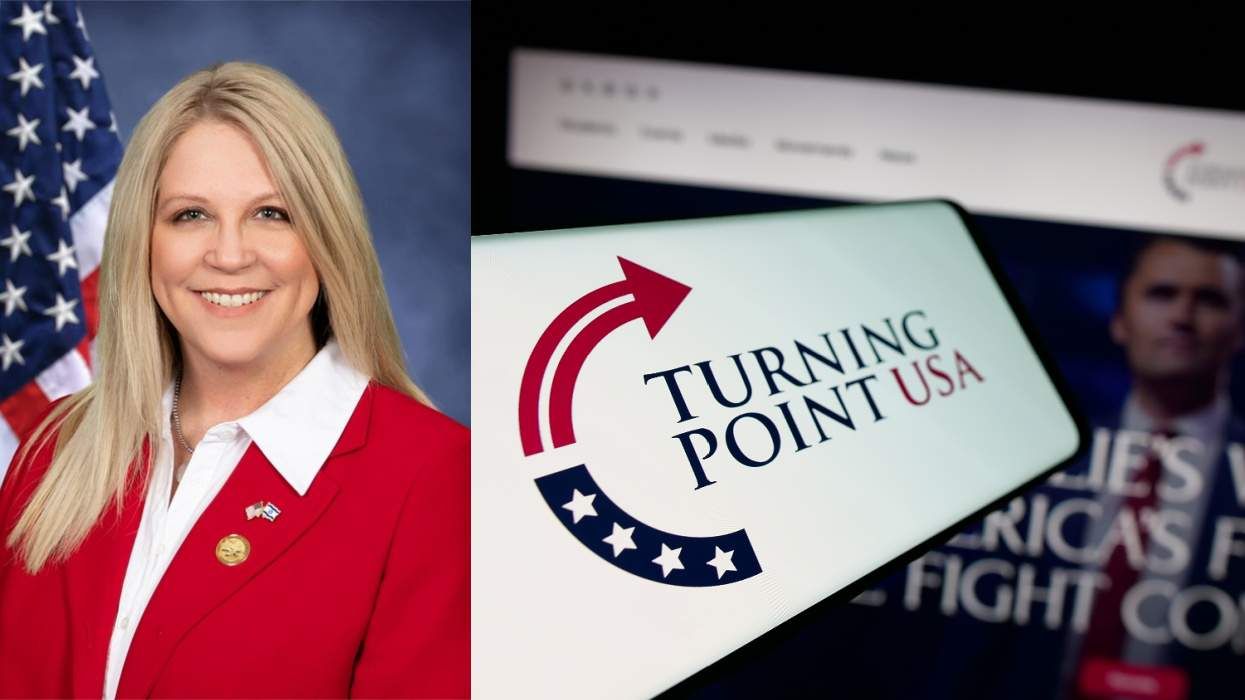

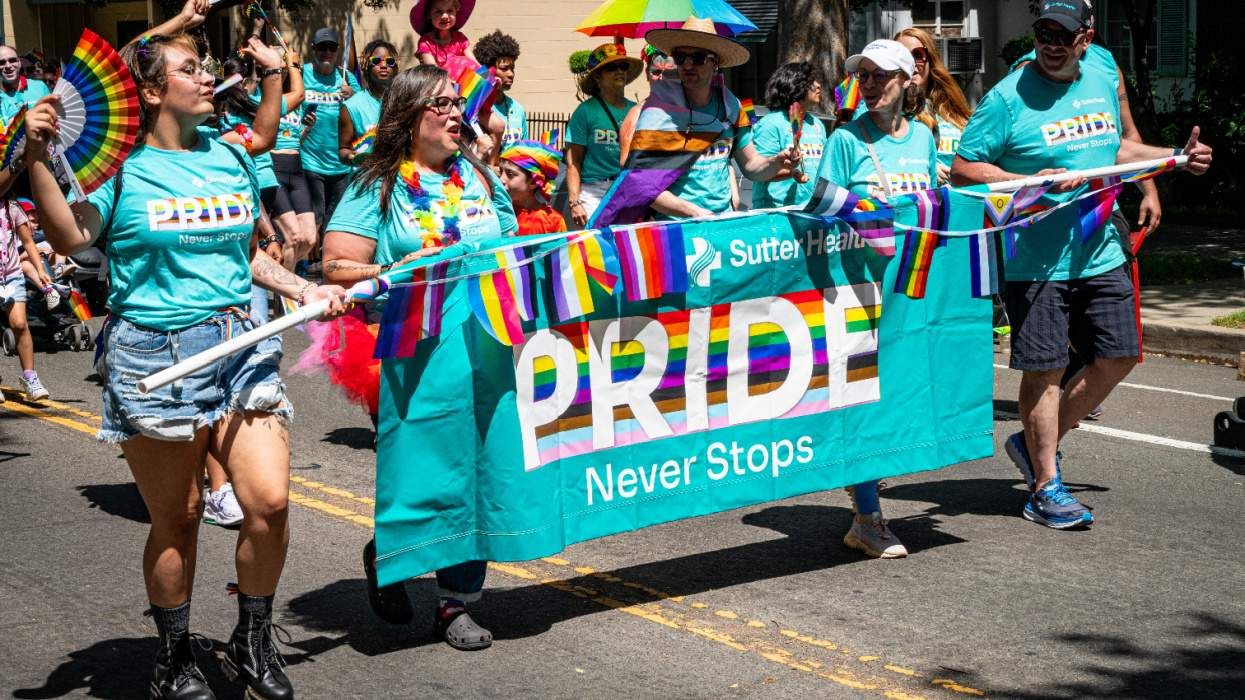
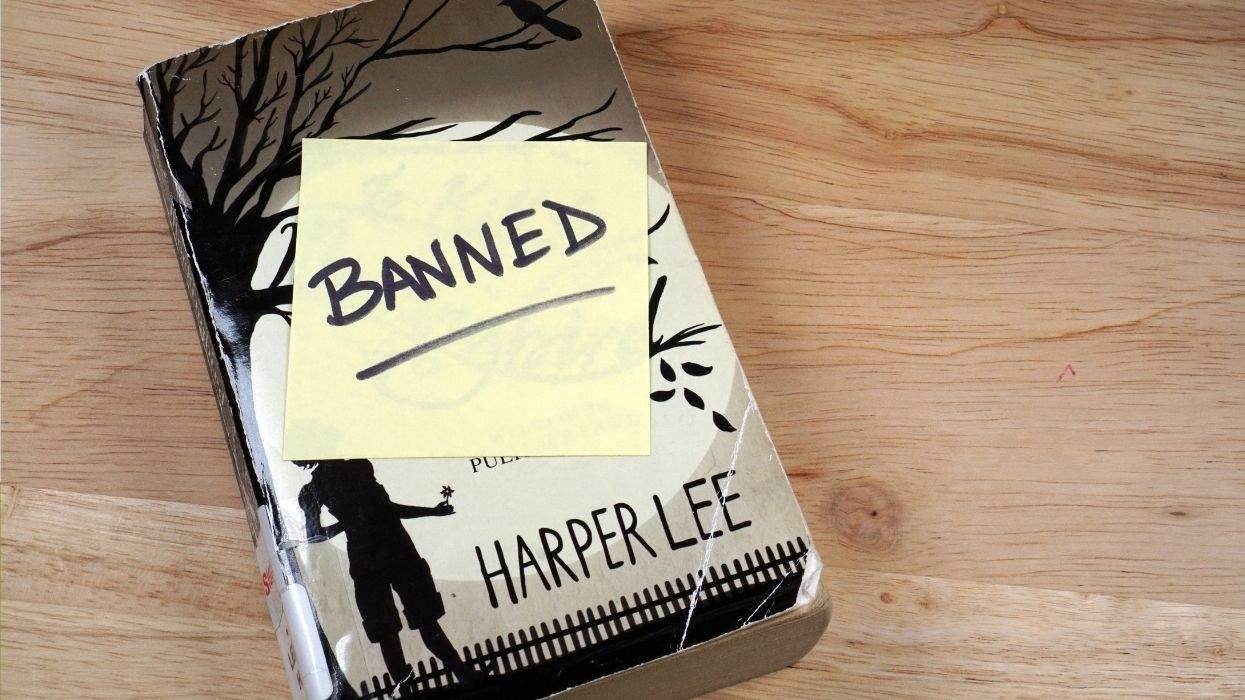













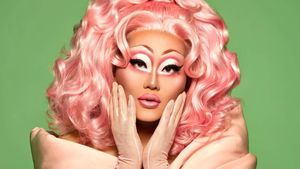
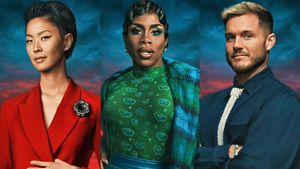



















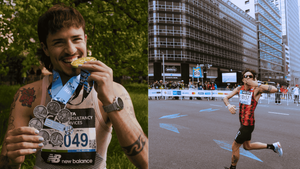


















Charlie Kirk DID say stoning gay people was the 'perfect law' — and these other heinous quotes